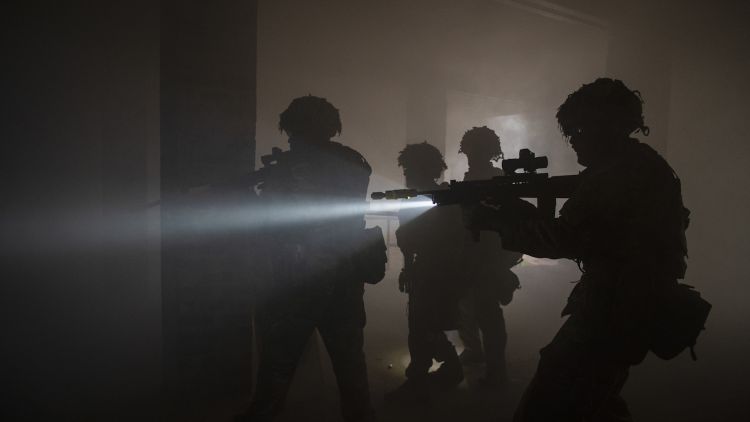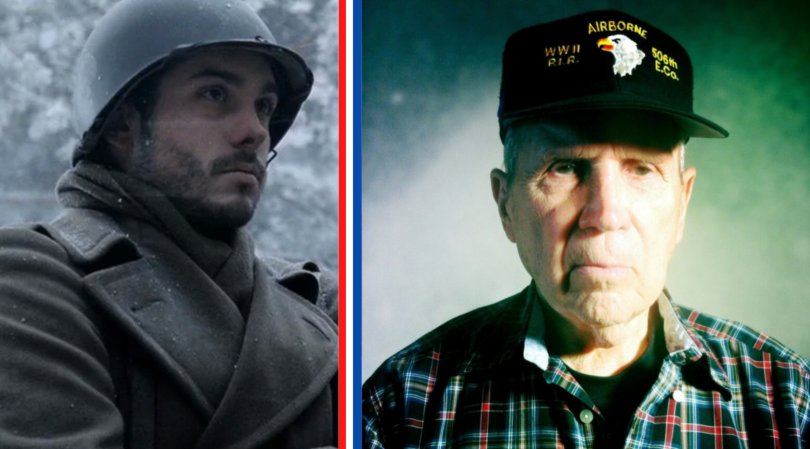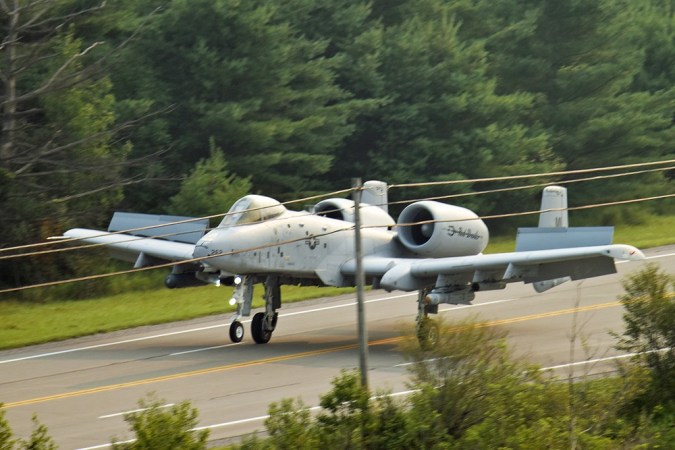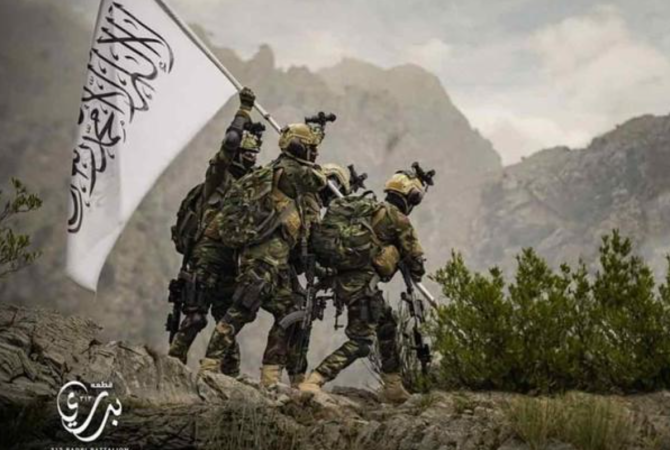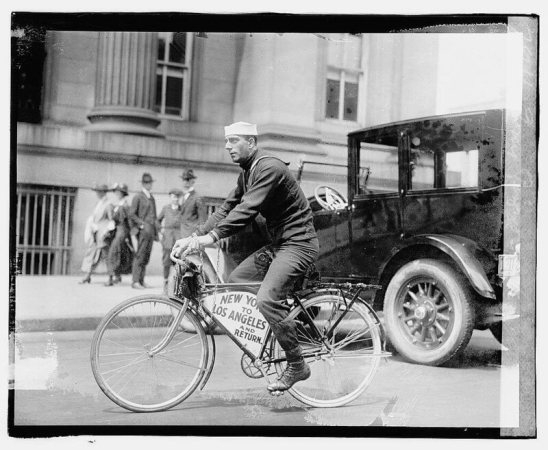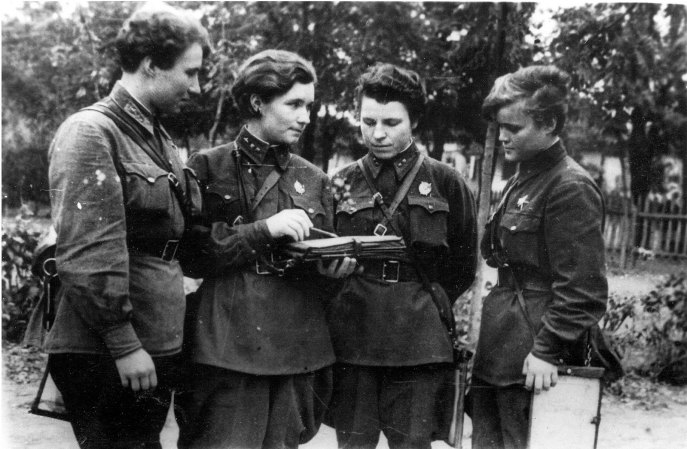In 1983, Rangers were on the point of the spear during a mission to protect American citizens in Grenada in 1983, attacking a key airfield that was being expanded by Cuban engineers. When the Rangers began to fight the engineers, the Rangers hotwired bulldozers and then used them as assault vehicles.
The fighting was part of Operation Urgent Fury, the U.S. invasion of Grenada after a coup threatened the lives and security of U.S. citizens in the country who were there to study medicine. Reagan ordered 2,000 troops to the island, and U.S. Army Rangers were sent to seize the airfield at Point Salines.
But the mission quickly ran into problems. A lack of aircraft forced some Rangers to stay at the airfield, unable to take part in the assault and cutting the combat power of those who would make the jump. Then, plans for the assault changed in the air.
See, while Rangers and paratroopers often want to conduct combat jumps, earning uniform swag and bragging rights for life, the safer and tactically superior option to airborne operations is “air-land” operations. In air-land, the commander cancels the jump and the planes land instead. Paratroopers or Rangers, without their chutes, rush off the back. That way, they’re already concentrated for the fight and don’t have to struggle out of their gear.

As the Rangers were flying to their target on Oct. 24, intel said that the runways were clear of debris, and that air-land was an option. The commander ordered the Rangers out of their parachutes. Then, only 20 minutes from the target, they learned that enemy defenses were ready to go, so the Rangers were rushed back into their chutes and then had to jump without being able to have Army jumpmasters or parachute riggers inspect their harnesses.
When the Rangers reached their target, they jumped in waves at only 500 feet above the ground. That low jump allowed them to fly under the worst of the enemy defenses, but meant they would fall for only 17 seconds and have no chance to pull a reserve chute if anything went wrong in the air. Luckily, the jump went well, and the Rangers went right into combat mode.
In addition to the expected Grenadian troops, though, the Rangers ran into 500 Cuban engineers who were there to help the Grenadians expand the airfield. The Cuban engineers put up an impressive base of fire against the Rangers. They would later learn that Fidel Castro had sent advisors to the country the day before to plan and improve the defenses ahead of the American invasion.

Now, the 1st and 2nd battalions, 75th Ranger Regiment, were on the ground and fighting. It’s not really a question whether or not they could’ve defeated the engineers and other defenders. But the Rangers don’t risk casualties when they don’t have to.
They had spotted several abandoned bulldozers on the airstrip, and some of them knew how to hotwire the simple machines, so they did so. Ranger fire teams advanced using the bulldozers for cover, firing on the defenders as they found them.
Over 100 Cuban soldiers and 150 other defenders surrendered to the Rangers, and the entire airfield was taken in just one day. An evening counterattack against the Rangers failed. Point Salines belonged to the U.S. forces.
But the airfield seizure didn’t come without cost. Five Rangers were killed in the assault, and another six were wounded. Additional troops, including Rangers of Charlie Company, 1st Battalion, 75th Ranger Regiment, were lost assaulting a nearby prison where political prisoners were being held.

















